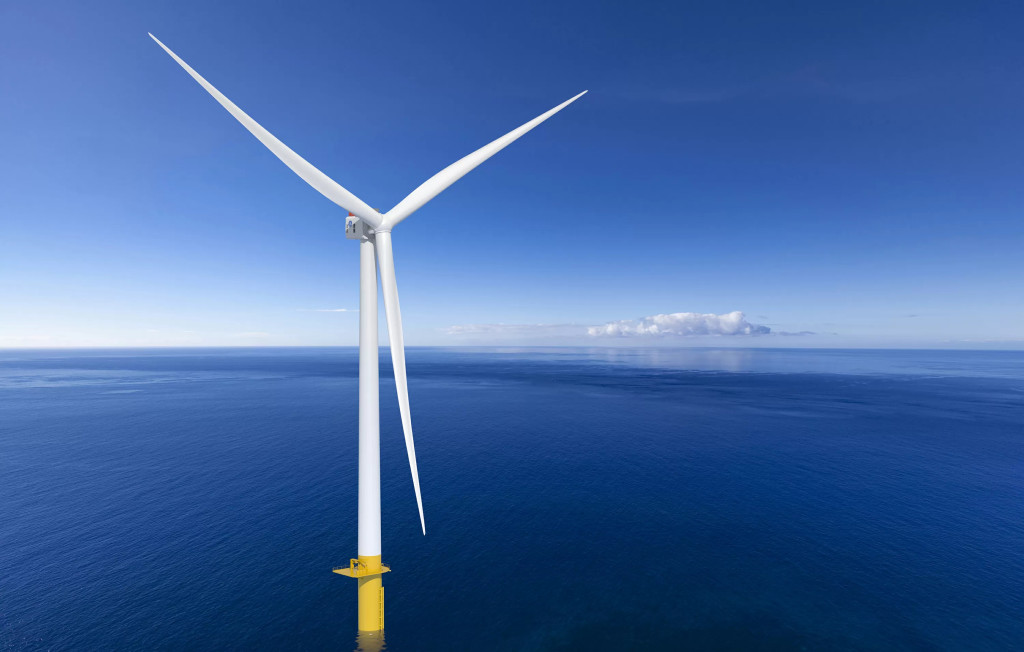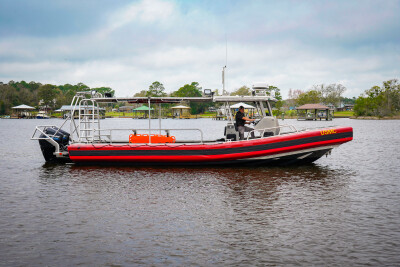Exactly one week after taking the oath of office, President Biden gave offshore wind energy a prominent place in his administration’s strategies on energy and the environment.
Amid a flurry of executive orders, Department of Interior officials put out their intention to accelerate offshore wind development:
“The Department will immediately begin a review of processes and procedures to date as it reinvests in a rigorous renewable energy program.”
That Jan. 27 statement came two days after developers of the Vineyard Wind project off southern New England announced that it had approached the Bureau of Ocean Energy Management (BOEM) about resuming the permitting process for the 800-megawatt turbine array. Then on Feb. 3, BOEM announced that it intended to resume the environmental review of Vineyard Wind’s proposed offshore wind project.
The developers, a joint venture between Avangrid Renewables and Copenhagen Infrastructure Partners, had asked BOEM in late 2020 to temporarily withdraw their construction and operations plan so it could be updated for using the next generation of larger, more powerful 14-megawatt GE Haliade-X turbines.
Former Trump Interior Secretary Ryan Zinke had been a booster of offshore wind, despite his boss’ public ridicule of wind power. A reversal came under outgoing Trump administration Interior Secretary David Bernhardt, as the agency refused Vineyard Wind’s request – and citing a written opinion by the top Interior lawyer, warned that Vineyard Wind would need to start its application process from the beginning.
But in fact, the developers had been maintaining contact with BOEM past the blowup with Bernhardt, Avangrid Inc. CEO Dennis Arriola told Reuters in a Jan. 20 interview. Vineyard Wind announced on Jan. 25 that it had a revised construction and operations plan (COP) to submit.
“We have completed our final review and determined that no changes to the COP are necessary as a consequence of selecting the GE Haliade-X turbine for the project,” said Vineyard Wind CEO Lars T. Pedersen. “Since there are no changes required to the COP, we expect that BOEM can finalize their review based on the extensive analysis and studies of the project over the last three years.
“We look forward to completing the permitting phase of the project and to finalizing the engineering, contracting and financing of the first utility-scale offshore windfarm in the U.S.”
Biden’s pick of Rhode Island Gov. Gina Raimondo to head the Department of Commerce could help to bridge the distance between the offshore wind industry and the threats felt by commercial fishermen. Raimondo and other Rhode Island leaders positioned their state to be a base for the new industry, but still need to protect Rhode Island seafood jobs.
Maine likewise must come to grips with that conflict. Gov. Janet Mills said she wants a 10-year moratorium on any nearshore wind turbines in state waters “that support the majority of the state’s lobster fishing activity, that provide important habitat for coastal marine and wildlife species and that support a tourist industry based on part on Maine's iconic coastal views.”
Mills said that must be a condition for supporting a research project in federal waters, using up to a dozen floating turbines covering roughly 16 square miles from 20 to 40 miles offshore. New England Aqua Ventus, a joint venture of RWE Renewables and Diamond Offshore Wind (a subsidiary of Mitsubishi Corp.), wants to try the first U.S. East Coast deepwater wind project.





